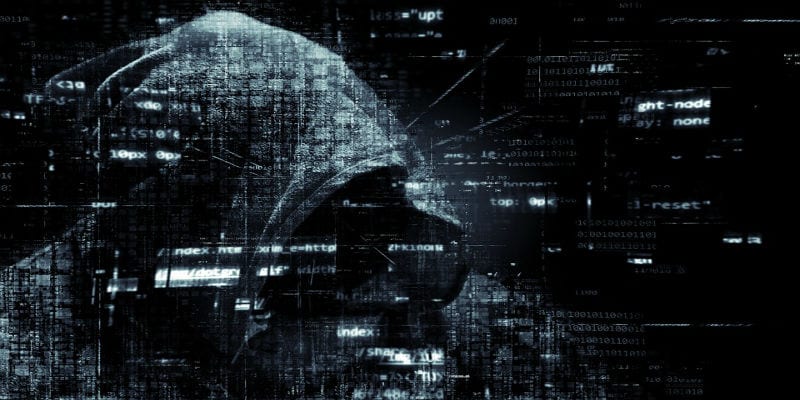It Only Takes One Cybersecurity Mistake to Let Hackers In


It only takes one cybersecurity mistake to let hackers into your IT environment with essentially free reign. We list some of the most common mistakes enterprises make and how you can solve them.
A fairly common trope in fiction is “Evil Only Needs to Win Once.” The idea is that, unlike in other stories, the heroes face a barrage of repeating challenges which they must overcome or face their doom. Defeating a major threat just means waiting for the next one to emerge.
If that sounds shockingly similar to cybersecurity, you aren’t alone. Hackers and other external threat actors are persistent, intelligent, and adaptable. Moreover, they represent multitudes; even if they don’t succeed at first, they can lay the groundwork for a future successful attack.
As a result, achieving cybersecurity is something of an uphill battle. You need to constantly adapt to new threat landscapes and new tactics, or suffer a data breach. Remember, data breaches are costly, not only in initial damages but long-term compliance failure fines, legal fees, and the tarnishing of your brand with new and old customers.
So if it only takes a single cybersecurity mistake to cause all of that, what can you do?
Widget not in any sidebars
For Every Cybersecurity Mistake, a Solution
Mistake #1: Failing to Educate Employees
Yes, the most common cybersecurity mistake involves thinking that your employees know cybersecurity best practices offhand. Over the course of a busy workday, fielding dozens if not hundreds of emails, managing critical workflows, and the like – can anyone really express surprise if an employee mistakes a phishing email for a real one? Or if they share credentials to maintain work speeds under tight deadlines? Or simply upload critical data to a public cloud database for easier access?
Stress and ignorance make up the vast, vast majority of insider threats. Hackers know this. That’s why they focus a lot of their energy on going after employees as the most obvious attack vector.
Your enterprise needs employees to understand cybersecurity best practices for any solution you select to function optimally. Therefore, you need to invest time and resources into regular cybersecurity training (think monthly or bimonthly), taking care to make the content of these training sessions engaging to best ensure retention.
Mistake #2: Losing Visibility
The reality of business online only became exacerbated with COVID-19 and the mass work-from-home revolution. Most of all transactions and work interactions take place online, and businesses must scale their IT environments to meet the demands and provide optimal platforms.
However, scaling environments often translates to making critical databases and applications harder to monitor, especially as employees and administrators add their own or as workflows change. Can you honestly be sure you know where all of your most sensitive information is stored at any given time?
Losing visibility is often the most critical cybersecurity mistake a business can make. Often, hackers use unmonitored devices as the first stepping stones into the wider network. Alternatively, they’ll steal data found in unsecured and unwatched databases (many of them being public-facing due to configuration errors). So your data could be leaving the network with you none the wiser.
SIEM solutions work to solve the visibility gap by providing log aggregation tools, which compile security event data from critical databases and analyze it for potential breaches. This can radically speed up your investigation and remediation time, reducing the damage and ensuring hackers can’t sneak into your environment so easily.
Mistake #3: Letting Your IT Team Burn Out
It’s hard-working in cybersecurity; there’s a reason the industry suffers from a near-constant staffing shortage. Jobs in Infosec are high-pressure, require extensive focus, and often involve high-stakes tedium such as looking through alerts that may or may not be false positives. Burnout rates are alarmingly high as a result. Thus, hackers can often exploit the gaps in defenses just by waiting for IT teams to burn out.
So you need a cybersecurity and SIEM solution that can automate as many of the tasks as possible, and which provide capabilities that can alleviate some of the stress such as contextualization.
You can learn more in our SIEM Buyer’s Guide.
Widget not in any sidebars























